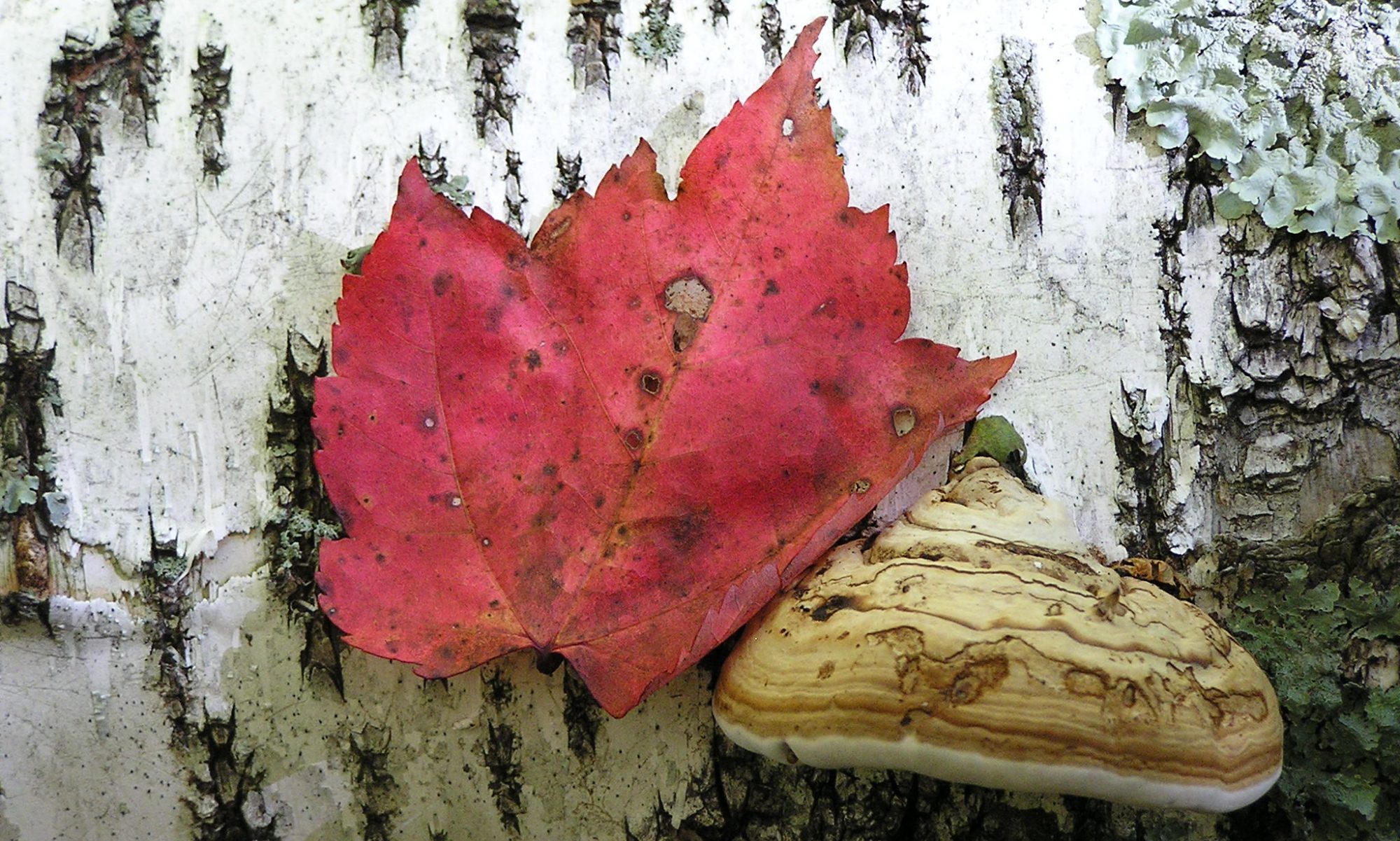
 The “Mighty Mississippi” was my childhood backyard. The river provided endless wonder with its ever-changing scenery and activity. Amid fall colors, large flocks of geese and ducks migrated south. During winter, snowmobiles and cross country skiers traveled over the river’s frozen surface. Deer and fox tracks crept across thin ice. Come spring, sheets of ice crashed and clawed against the riverbank’s budding trees. Summers featured water-skiers, fishing boats, canoes, and kayaks. Jumping fish. Ducklings paddling by. Plus, our Tarzan rope swing promised a cool plunge on a hot day.
The “Mighty Mississippi” was my childhood backyard. The river provided endless wonder with its ever-changing scenery and activity. Amid fall colors, large flocks of geese and ducks migrated south. During winter, snowmobiles and cross country skiers traveled over the river’s frozen surface. Deer and fox tracks crept across thin ice. Come spring, sheets of ice crashed and clawed against the riverbank’s budding trees. Summers featured water-skiers, fishing boats, canoes, and kayaks. Jumping fish. Ducklings paddling by. Plus, our Tarzan rope swing promised a cool plunge on a hot day.
 In contrast, water’s wonders were rare when I wintered in arid New Mexico. While there in 2021, I volunteered as a dogwalker at the High Desert Humane Society. To help a special dog find a new home, I started walking him around the Silver City’s downtown area with an “Adopt me” sign. One stop was city hall’s lawn. Few lawns exist because water’s expensive. This dog pranced for joy on the grass—much different then the dry region’s sharp stones and prickly cactus. Another stop was a tiny creek hidden in a ravine. On his first visit there, it was clear he had never seen standing water before. He was suspicious of the water trickling between small pools. He inched forward. He sniffed. He eased a paw into the water. Instant glee. He waded in and didn’t want to leave. His adoption before I departed was memorable for all. Deserts have their own unique beauty, but my furry friend’s lasting impression on me was how precious water is. It creates happiness.
In contrast, water’s wonders were rare when I wintered in arid New Mexico. While there in 2021, I volunteered as a dogwalker at the High Desert Humane Society. To help a special dog find a new home, I started walking him around the Silver City’s downtown area with an “Adopt me” sign. One stop was city hall’s lawn. Few lawns exist because water’s expensive. This dog pranced for joy on the grass—much different then the dry region’s sharp stones and prickly cactus. Another stop was a tiny creek hidden in a ravine. On his first visit there, it was clear he had never seen standing water before. He was suspicious of the water trickling between small pools. He inched forward. He sniffed. He eased a paw into the water. Instant glee. He waded in and didn’t want to leave. His adoption before I departed was memorable for all. Deserts have their own unique beauty, but my furry friend’s lasting impression on me was how precious water is. It creates happiness.

Nowadays, I’m a waterfall junkie. Tumbling water creates iconic sounds. Sounds that change through the seasons, and after rainfalls. Sunlight, clouds, and shadows also alter waterfall scenes. Especially in gorges, where mid-day sun highlights the mist, moss, leaves, glistening rocks, and hidden trout or salmon. These subtle variables make a waterfall different on every visit, or even while you watch. This past year, I viewed dozens of waterfalls, many in Hawaii. Some were new, others were perpetual favorites along Minnesota’s North Shore. To celebrate their wonder, I compiled video clips of several below (which will be my webpage header video for awhile).
Unfortunately, clean water, droughts, and aquifer depletion are hot topics. Yet ignoring water problems doesn’t make them someone else’s problem. Growing up, our family drank well water with high nitrate levels (caused by nearby farm fertilizer pollution, which is now gone). I also watched frequent chemical slicks float by our house (Hennepin Paper Company pollution, now gone due to the factory’s closure). Back then, nobody knew, or cared enough, to stop unsafe water practices.

Today, clean water is a priority. Yet water faces new threats from microplastics, mining, “forever chemicals,” and sewage treatment ponds. Threats that create hard questions. Who pays for water pollution that can last centuries? Can we restore vast oceans that billions of people rely on for food? Will irrigation needs exhaust ground water sources? And most importantly, should you feel guilty about flushing toilets? (Probably not, but water conservation and composting toilets are worth learning about!)

Earth’s surface may be 71% water, but less than 1% of all water is fresh water, easily used (i.e. not salt water, or frozen). Fresh water obviously is used for drinking and household needs, but also fuels industry and farming. Competing water needs mean fierce debates will continue over pollution and water access. In Minnesota, some ideas include diverting water out west via freight trains, or filtering mining wastewater “indefinitely” (i.e. for at least a thousand years). Projects like these seem ludicrous, but are real. Climate change, greed, and desperation mean such ideas will persist and evolve. Especially in Minnesota given we’re the literal “Land of 10,000 Lakes,” headwaters of the Mississippi, and have access to Lake Superior (the world’s largest freshwater lake).
Vigilance, conservation, and facts are essential for a future with safe, accessible water. That’s why it’s wise to learn more about the “H-two-O” molecule! To start with, I’ve listed kidlit books throughout this post that have water as their subject, plot, or setting (click on any book cover to enlarge it). Although I enjoyed these books, my usual disclaimer is no book is for everyone, or for all-ages. With endless books to read, skip books that don’t appeal to you—unless there’s a test involved! But read more about water. You won’t regret it.
Take care in 2024, including the wonderful water around you.


































